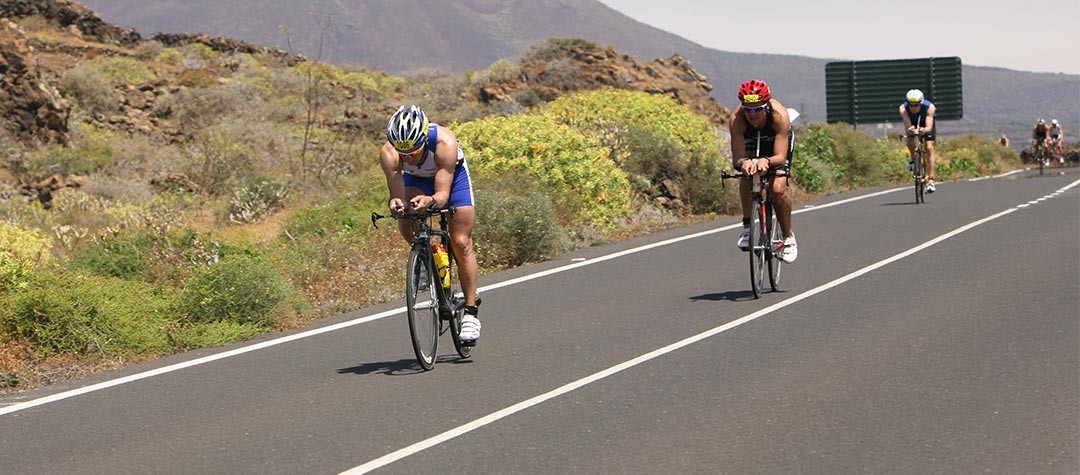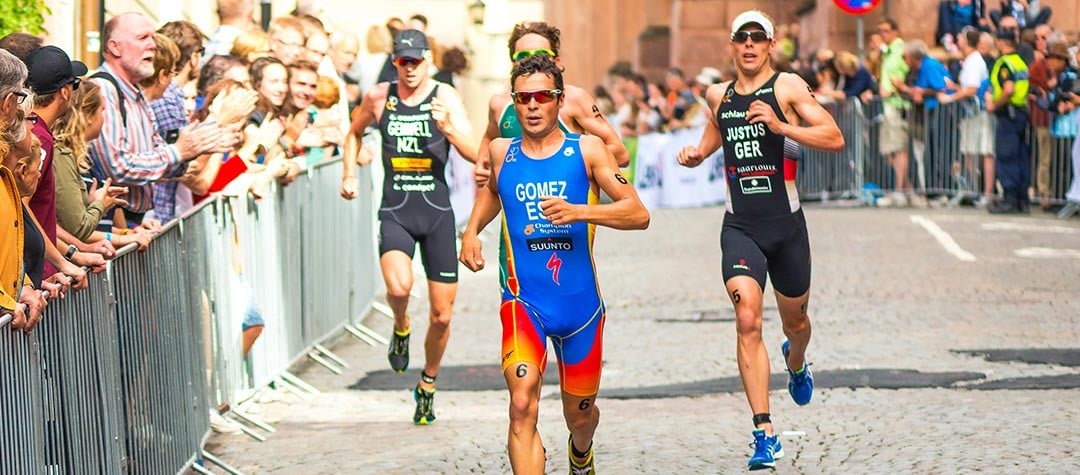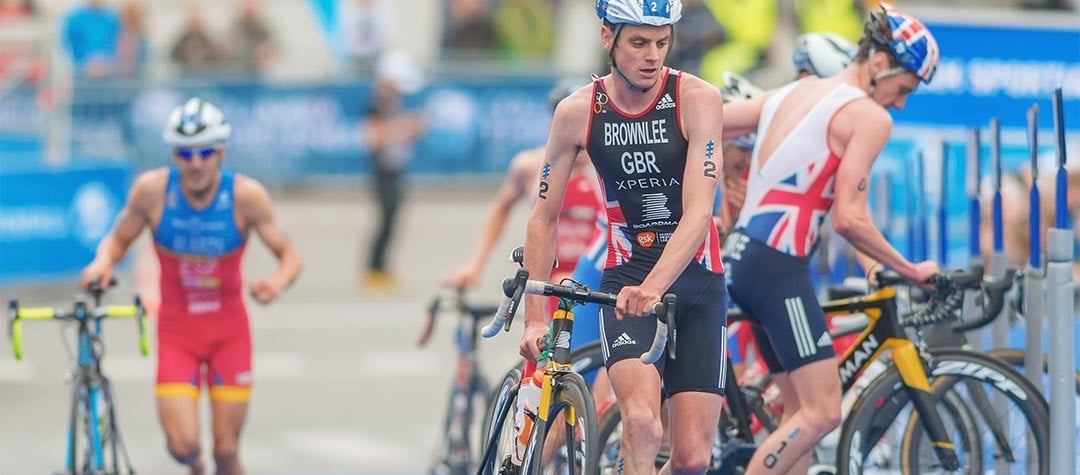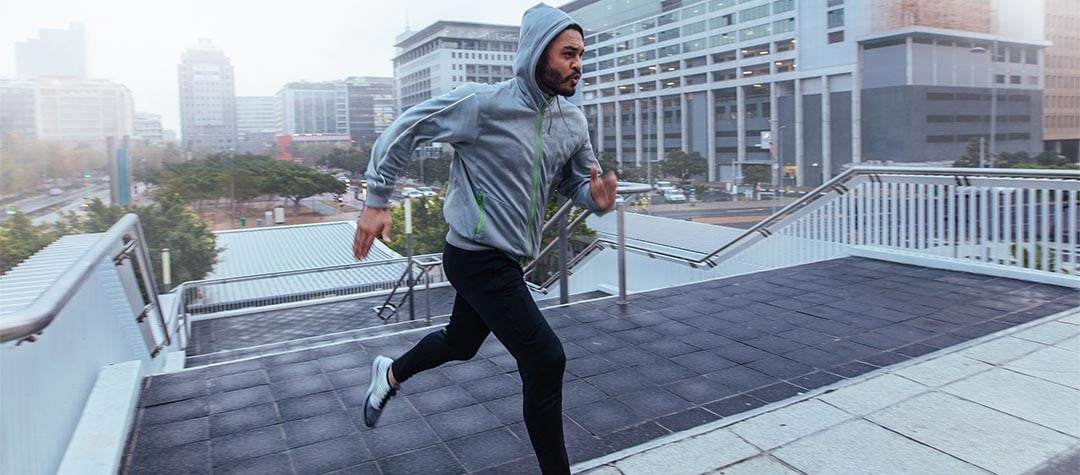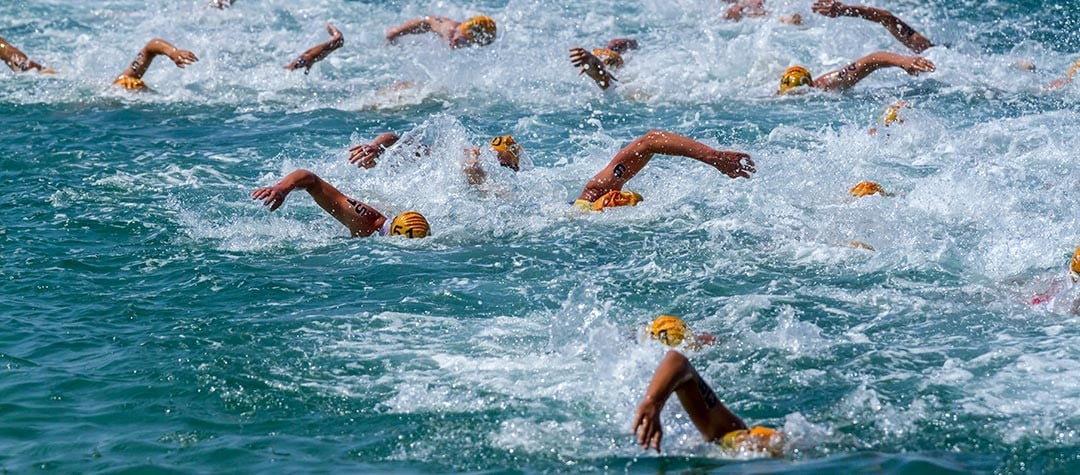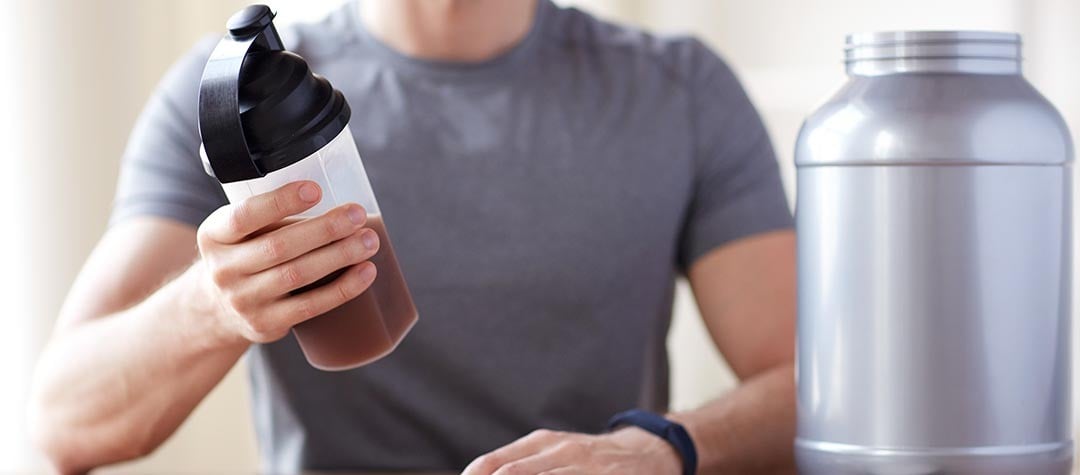Learn how best to ride a time trial in your triathlon by aiming for an even-paced strategy to ensure you finish fast and strong.
No matter what anyone else tells you, the fastest and (least painful way) to ride a time trial is always at an even pace. The worst thing you can do is go off way too hard, lose the power in your legs and realise painfully during the second half of the bike leg, that your legs are so dead you can't push the gear any more.
The best thing to do is to aim for a negative split in your bike phase, so that the back half is stronger than the first half. If you do that, it should ensure that you finish fast and strong.
1. Judge effort on the hills
Remember to judge your effort on the hills. It's kind of easy to up your power on the hills and whether that’s a deliberate tactic or not, your effort will naturally increase to meet the uphill challenge.
However rather than focusing on maxing the hills, why not push on the descent or into the head wind later on? This is where you're really able to gain time on people who smashed it going up the hill and now have a pair of dead legs!
2. Focus on an aero position
Whatever level of athlete you are everybody can focus on making themselves more aerodynamic and this is one of the most important factors that make a good cyclist. If you're an experienced athlete, focus on staying on the time trial bars all the time.
Whatever level of athlete you are everybody can focus on making themselves more aerodynamic...
This will entail keeping your head down out of the wind and making smart equipment choices and if you're an amateur, then you can still alter your position to make yourself more aerodynamic. Simple things like bending your elbows to lower your front end, or riding on the drops will help you take time off your bike split.
3. Draft but within the rules
Unless it's a drafting race which isn't very common for amateurs, you're not allowed to simply sit directly behind someone during a race. Drafting can save up to 30 per cent of your power which is obviously a nice saving, but most races will have a 10 metre drafting zone that you don't enter unless you're passing someone. Still, that doesn't stop you from maxing out the 10 metre rule. Ten metres is actually still quite close and you can get a nice drafting benefit from this distance.
Most races will have a 10 metre drafting zone that you don't enter unless you're passing someone.
It’s also worth bearing in mind that from a psychological point of view it's also easier to stay motivated and maintain your pace off someone in front if you are 10 meters behind. If that gap is more than 12m you lose practically all the benefit, so do try to stay as close to 10m as you can, especially if you're racing someone who’s stronger on the bike than you!
4. Save some for the run
It's probably not advisable to ride like it's just a bike race. Unless you can gain enough of an advantage to run away with the win, you still have to save some legs for the run. When it comes down to it, the time you will gain to ride just one minute faster you'll probably lose on the run, so it really is something you have to judge at the time.
Another useful tip is when you come to the last few kilometres change up a gear or two and spin your legs, take an energy gel and give your legs a breather for the finale on the run. You will need that extra energy!
Picture credit - irabel8 / Shutterstock.com

